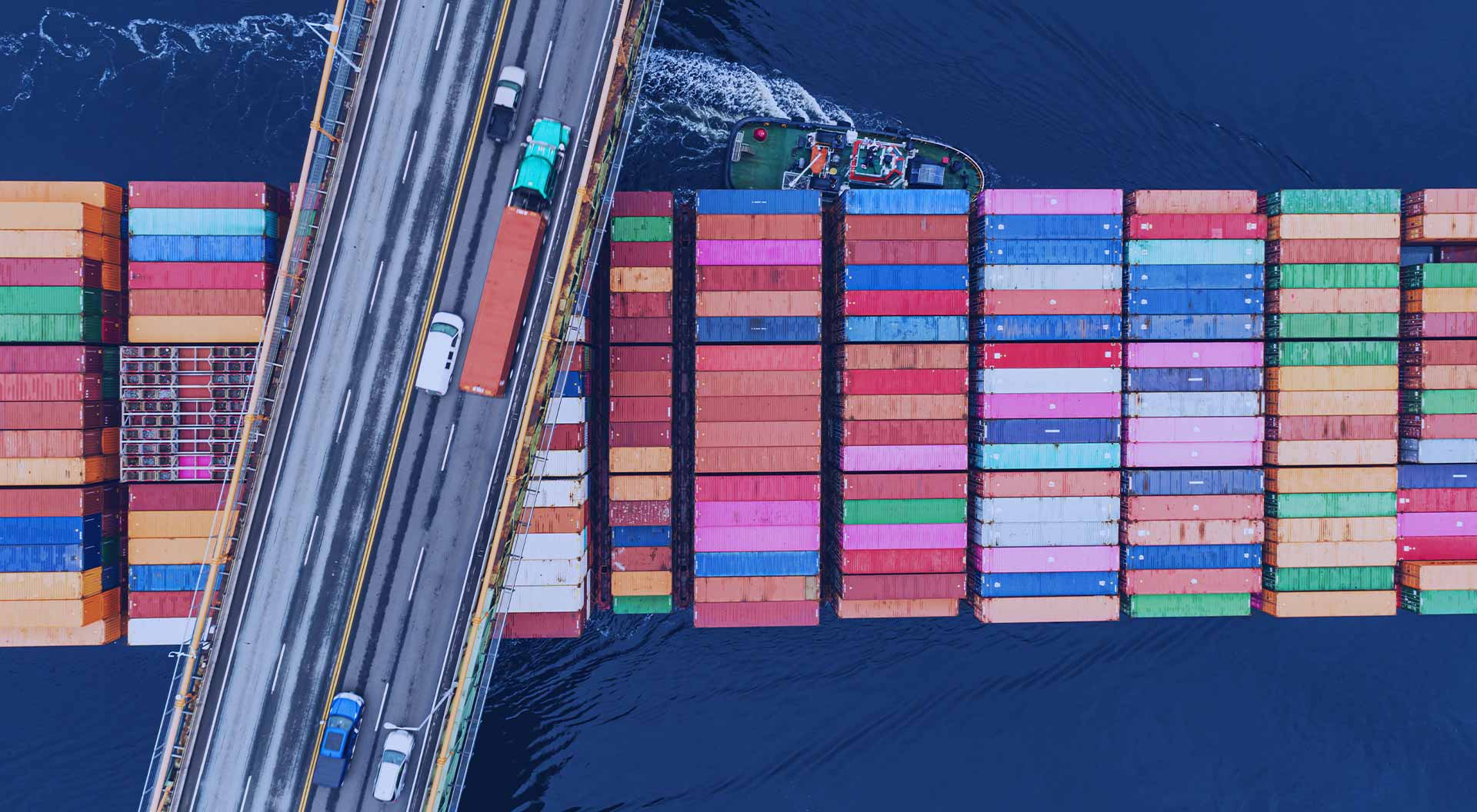Logistics-Tech: The Road to Growth for the Logistics Sector
Blog

istock.com/shaunl
11 March 2022
By Varun Sarin
India’s logistics sector has been the backbone for multiple industries, supporting the weight of large-scale businesses and keeping the economy on its feet. Back in 2019, long before the pandemic disrupted the world, India’s logistics sector was on the threshold of transformation. The sector was projected to grow at over 10% CAGR in the next five years to reach $320 billion. In the last two years, a boom in the e-commerce sector, digitization, tech-enabled processes have triggered tectonic shifts in how the logistics sector operates.
India’s logistics-tech landscape
Not too long ago, manual processes and practices were the norms for India’s vast and fragmented logistics sector. Today, with the emergence of tech startups focusing on streamlining supply chain management, simplifying the warehousing needs of businesses, and enhancing last-mile connectivity, this landscape has been altered.
Technology and innovation are now a critical part of the industry. As bigger players try to adapt to the ever-changing environment, new-age startups are already leading the way. Riding on digitization and tech adoption to solve deep-rooted challenges of the sector while meeting the growing needs of today’s consumers, India’s new generation of logistics-tech startups are shaping the landscape of the logistics sector.
While there is still a long way to go, these companies have been able to address the core challenge of high logistics costs and enable automation of processes to a large extent. Leveraging automation technology, blockchain, cloud computing, advanced or big data analysis enables companies to provide end-to-end smart logistics solutions while enhancing the quality and reducing cost. In the near future, automation in warehousing, transport/deliveries will take operational efficiencies to a whole new level.
The factors impacting this new wave of growth in the logistics sector
While new entrants and new technologies are undoubtedly driving this revolution, customers and their changing behaviors sit at the center of this change. Today, both businesses and individuals expect speed, flexibility, and transparency but at lower costs.
With the rise of e-commerce companies, there has been a steady demand for direct-to-home and direct-to-consumer brands. As a result, most offline brands have either shifted online or at least begun offering doorstep deliveries. For logistics players, this translates into a growing pressure to meet these changing demands by creating better consumer/customer experiences with timely deliveries, greater efficiency, and reduced costs. Logistics companies can only expect to do so by boosting their ‘digital health’ and thoughtfully adopting technology - like data analytics, IoT, to create a unified network. At the same time, the industry’s growth would not be sustainable without supportive government policies and improved transport infrastructure. The PM GatiShakti Master Plan, announced in the Budget 2022, is a step in the right direction. As part of this plan, the National Highway system in the country will be extended by 25,000 Kms, and 100 cargo terminals will be established in the next three years. The plan also proposes to develop new multimodal logistics parks across India.
These constructive government actions will help boost connectivity and increase collaboration within the highly unorganized logistics sector. Along with building world-class infrastructure, digitization initiatives in the sector such as the Unified Logistics Interface Platform (ULIP) will also increase operational efficiency, allowing logistics companies to maximize their resources.
Digitization will also play an important role in achieving sustainability goals. One of the key emerging trends for the future is ‘green logistics’. Going forward, logistics companies will need to focus on adopting technology and taking steps that allow them to reduce their carbon footprint without impacting their growth. For example, India is going to introduce GPS-enabled Toll to ensure zero wastage of fuel and resultant emissions across hundreds of Toll Plazas. Such innovations need to become more frequent and common to fuel change on a wider scale.
In conclusion
India’s logistics sector is poised for unprecedented levels of growth. In the coming few years, every logistics company needs to transform into a logistics-tech company - by keeping digitization at the heart of everything they do. Effective implementation of policies, intelligent use of technology, and the readiness to adapt to the changing business-customer dynamics will all be central to delivering on the promise of sustainable progress.








